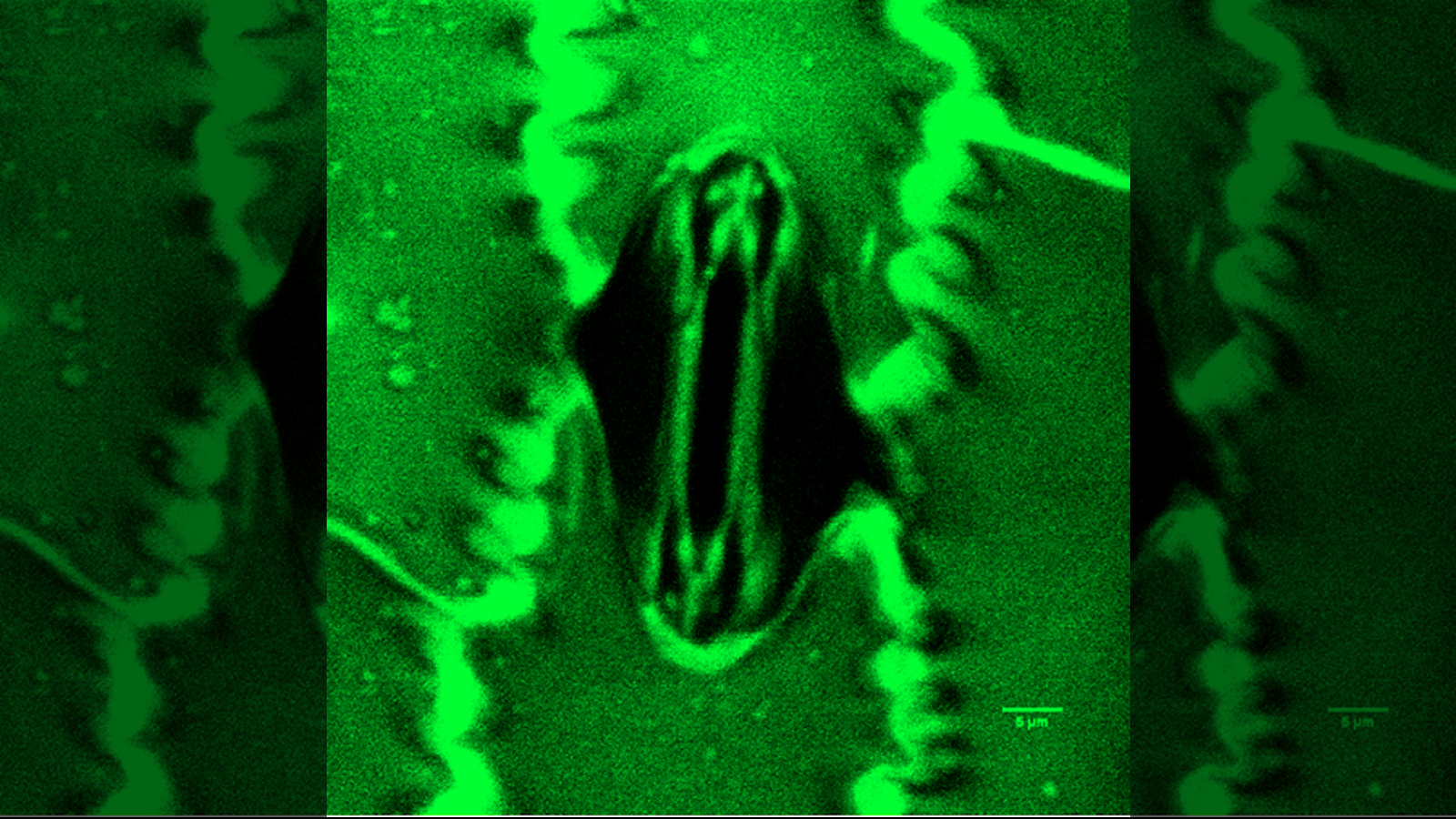Steps on the Road to Programmable Matter (Infographic)

As a proof of concept, 1,024 tiny, low-cost “Kilobots” were constructed and programmed with a simple algorithm that allows them to assemble themselves into simple patterns. Potentially, even tinier and more sophisticated self-assembling bots could become “programmable matter,” capable of taking any shape on command.
The Kilobots were partly inspired by the swarming behavior of bees and the bridge-building ability of ants. The simple robots have only a few parts, including an infrared LED for comminications and vibration motors for movement. The bots can communicate with each other over a distance of only three robot diameters.
For the Kilobot demonstration, first, a simple pattern is designed. A handful of “seed” bots are programmed with the target pattern. Those and a quantity of other bots are set up in a random arrangement. The bots slowly move into position according to their built-in assembly algorithm, which relies on edge following and other techniques. After a few hours the bots have assembled themselves into the desired patterns.
Get the world’s most fascinating discoveries delivered straight to your inbox.

 Live Science Plus
Live Science Plus





